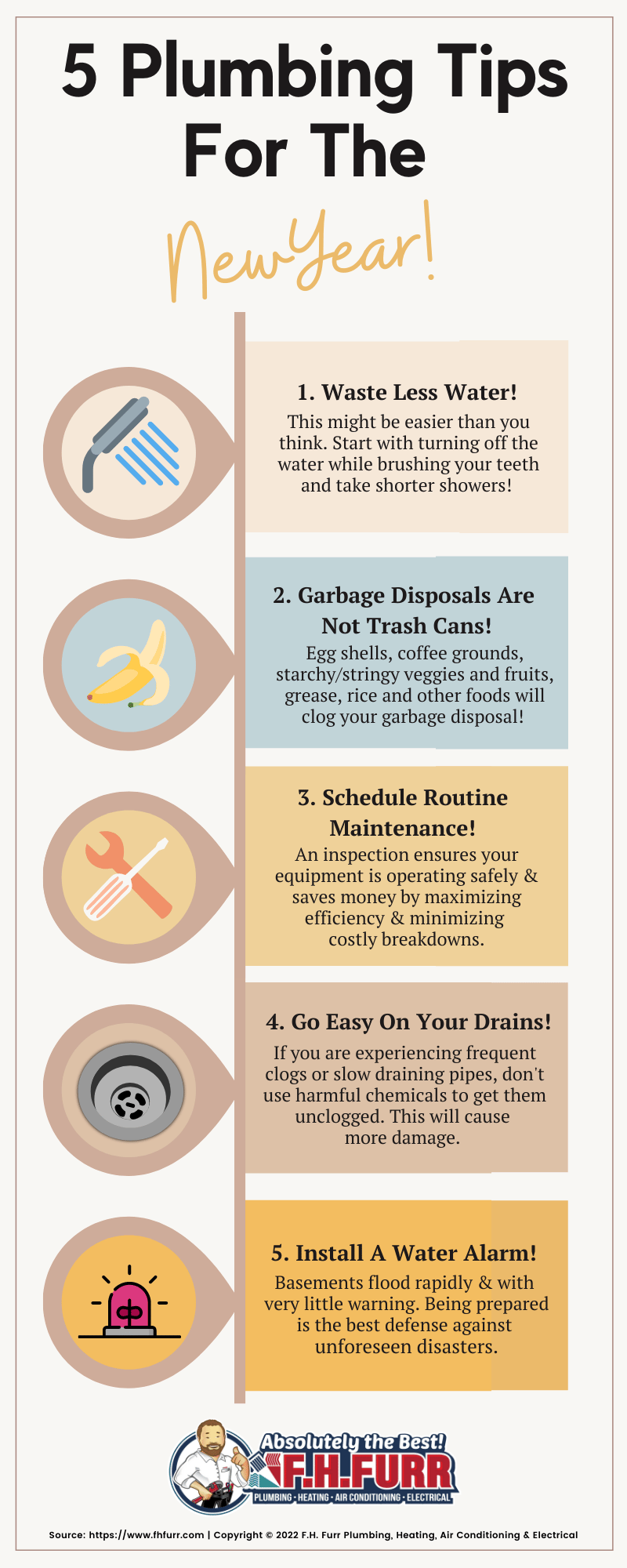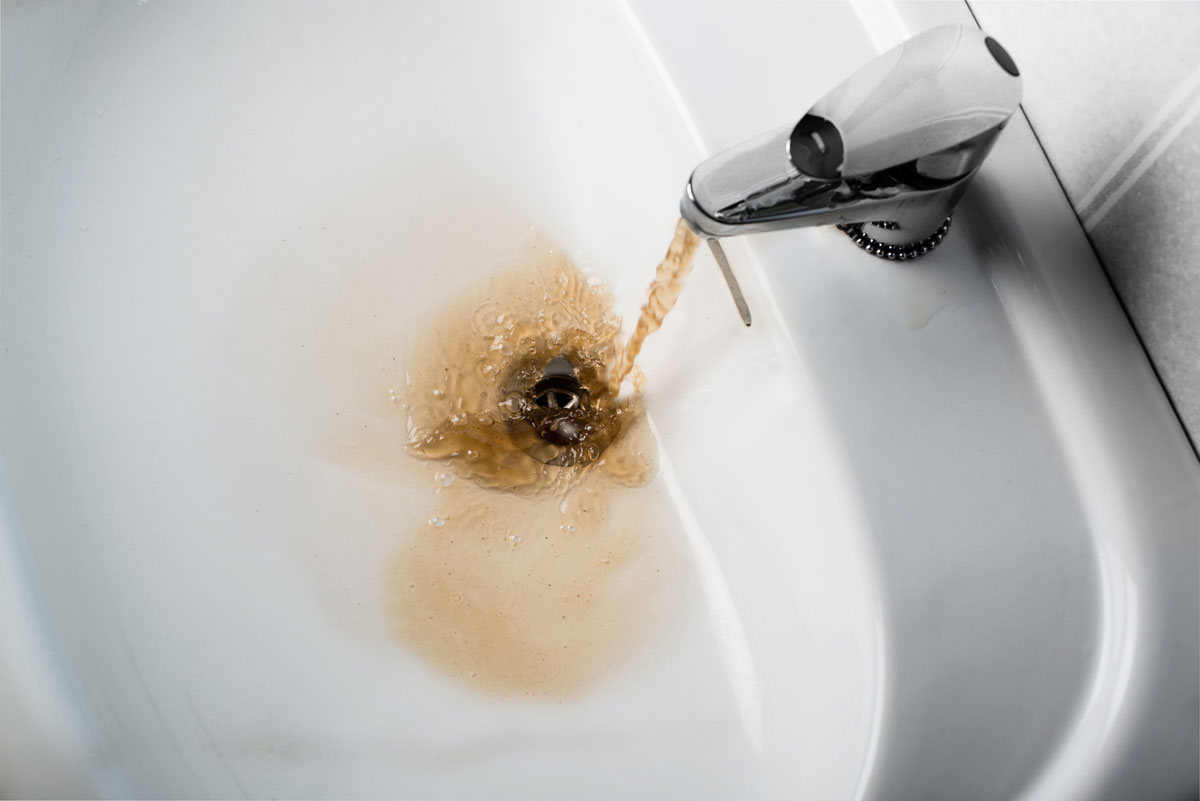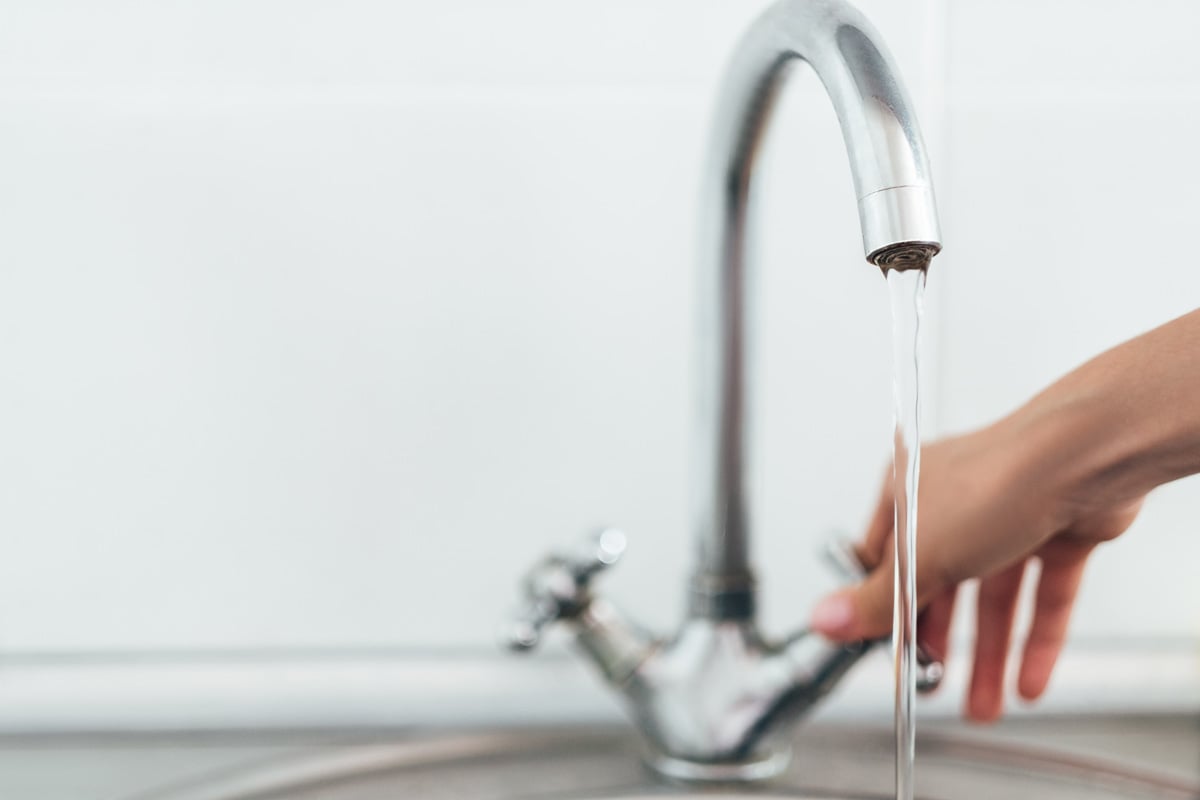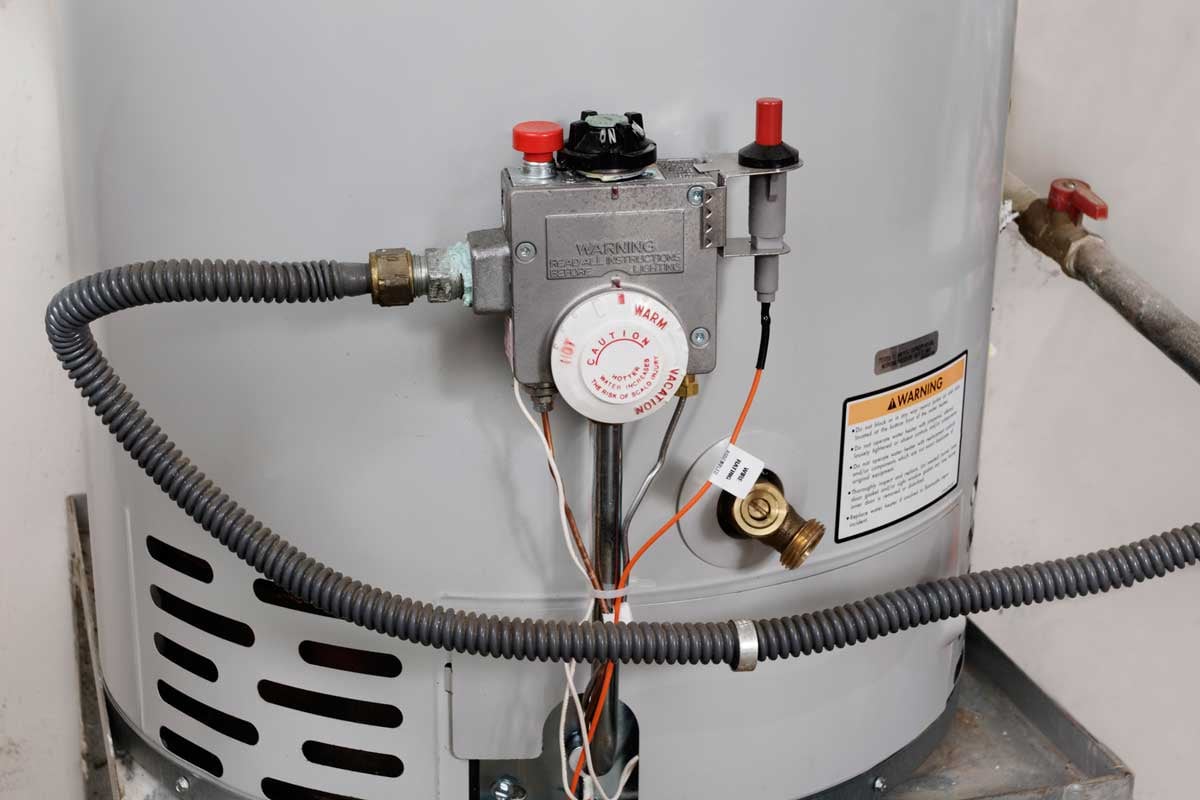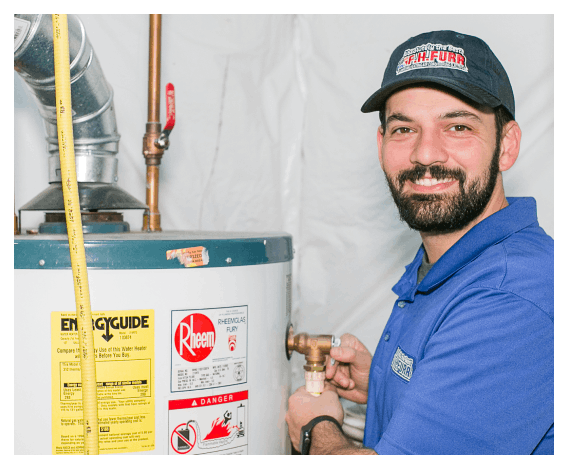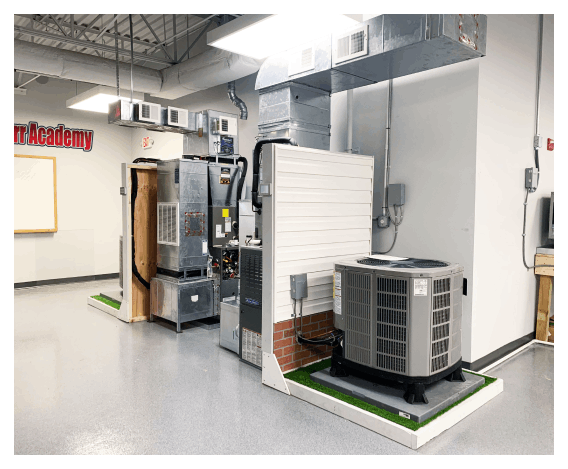Spring is finally here! Don’t forget to check your plumbing system while spring cleaning this season.

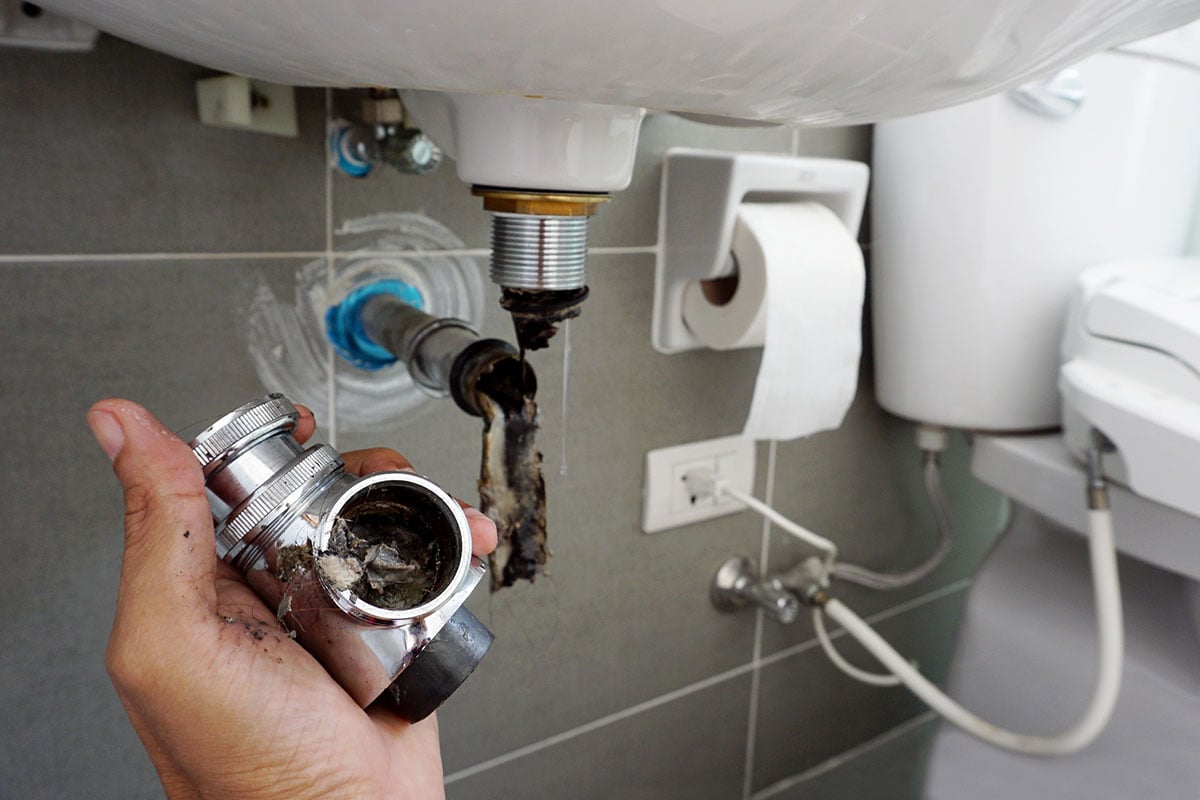
F.H. Furr’s trainer explains how to avoid clogged drains!
At. F.H. Furr, we pride ourselves on being able to clear any clog, but it would be best for your plumbing and wallet to avoid drain clogs! Watch our video to learn how to prevent drain clogs in your home!
Is your kitchen in need of some TLC? Here are 4 reasons your kitchen needs an upgrade.

Is your bathroom looking a little rough? Here are 5 benefits of renovating your bathroom!
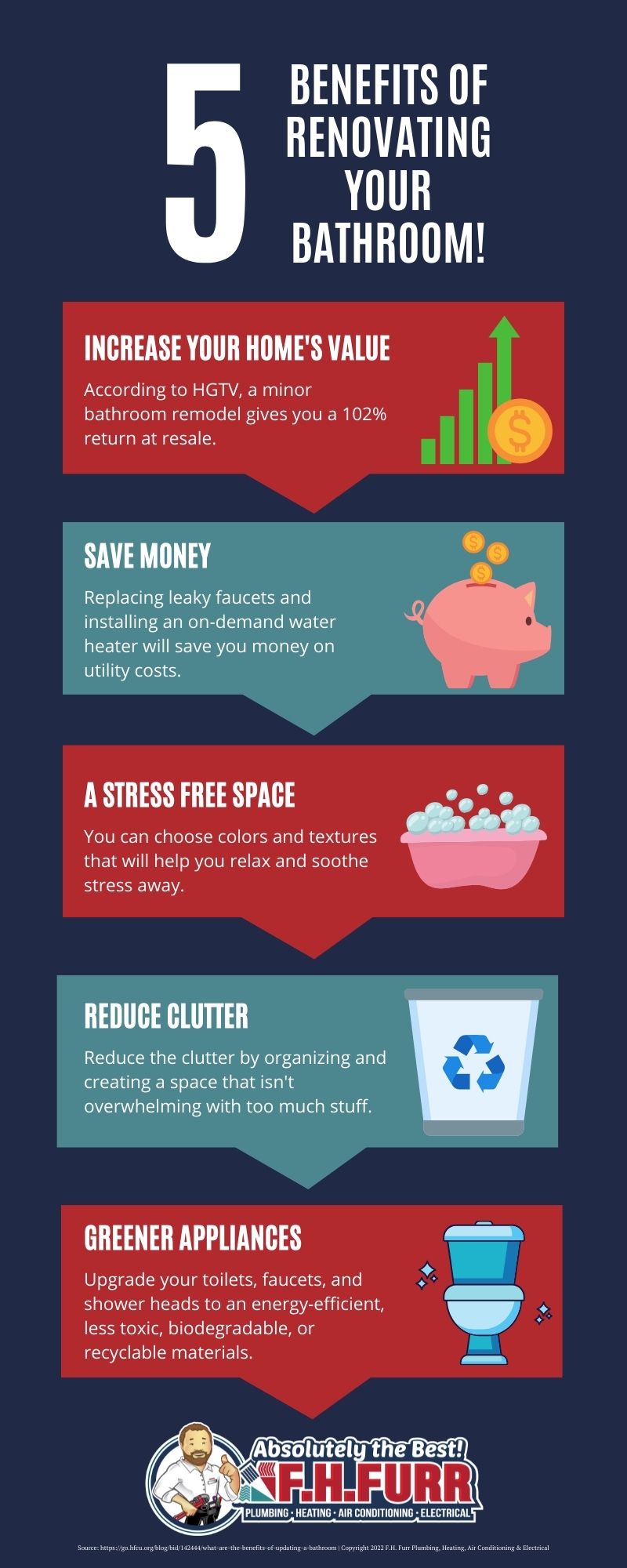
Haven’t had your plumbing system inspected in a while? Here are 7 key components of a plumbing inspection with F.H. Furr!
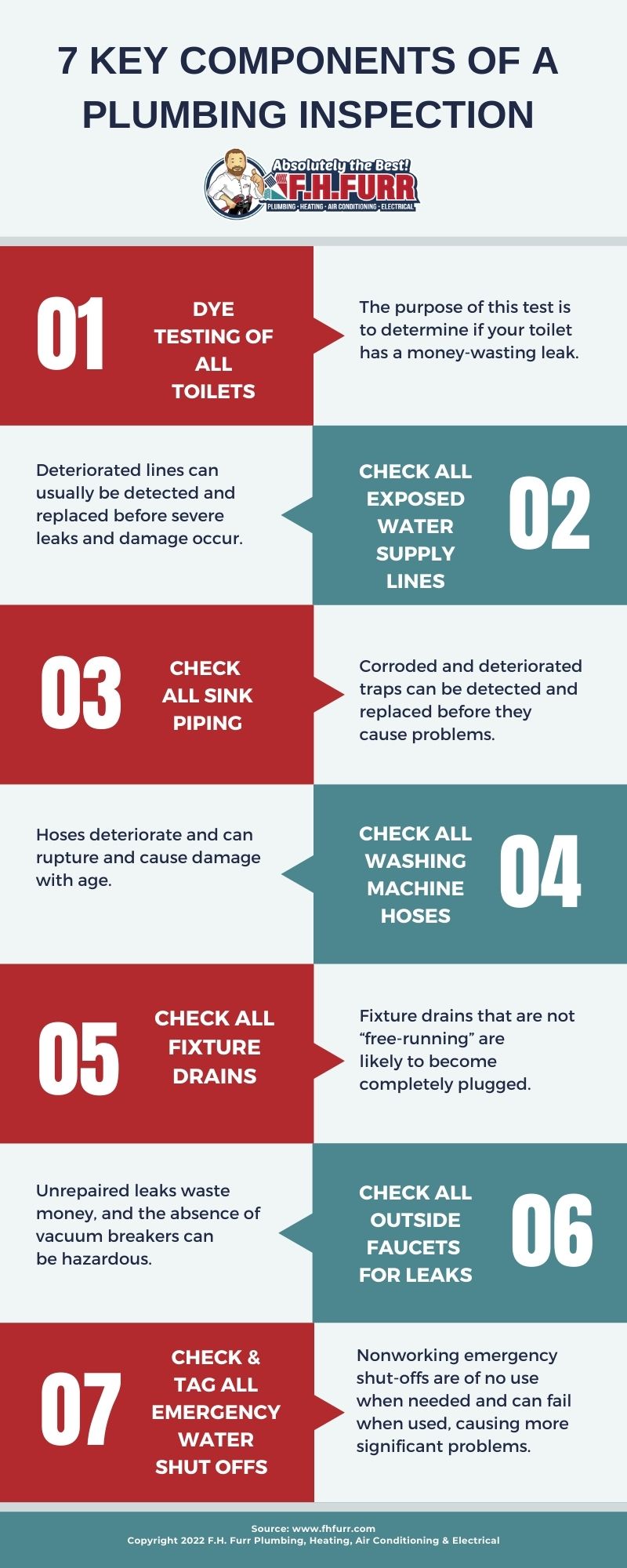
The quality of your home’s water might not be something you put much thought into, but the water that travels through your plumbing system can come with all sorts of sediment and deposits. Many of these impurities are normal and completely harmless, but a high concentration of something could begin to cause issues. For example, an overload of iron in your water!
One of the major signs that homeowners notice first with an iron problem is orange staining, so if you’ve seen this, then read on! Although iron isn’t harmful to the body, it can cause several issues with your water:
1. Staining
As mentioned above, one of the most common issues with iron-saturated water is its propensity to leave stains around the faucet to entire showers or bathtubs coated in an orange film. Even if your water comes out clear, if it’s iron-heavy, the iron oxidizes with the air, creating rust after the fact.
Not only can it stain the porcelain in your bathrooms, but it can also stain clothing or cause it to appear dingier after washing. It can even weaken garments, causing them to become more likely to fray. Similarly, your dishes may start developing rust stains or spots over time.
2. Bitter Taste
A small amount of iron in the water won’t be noticeable, but if there’s a high concentration, it might feel like you’ve got pennies in your glass!
3. Foul Smell
If your water has a rotten egg smell, this likely indicates the presence of sulfur, but it could also mean too much iron. The smell will be most potent when the water runs and can linger in places like sinks, toilets, or showers.
4. Water Discoloration
Two types of iron can make their way into your home’s water; ferrous and ferric. Ferrous is the type that is dissolved in the water but shows up on surfaces later, while ferric is visible as a rust color in the water.
5. Clogged Pipes
One of the worst and most costly problems with iron in the water is clogged pipes. In severe cases, when the iron concentration is exceptionally high, it can begin to build up in pipes and over time can cause clogged drains and faucets. If this occurs, repairs and replacements will be necessary.
Fortunately, there’s a solution to your iron problem! Having a professional plumber come to your home to perform a water test to determine the condition of your water is a great option. So, give our professional plumbers a call today! We’re ready to serve you.
Ask A Trainer from F.H. Furr explains 3 common plumbing system problems!
We get tons of questions regarding common plumbing system problems, so we put together a short list of plumbing warning signs that we think all homeowners should be aware of.
What would life be like without plumbing? If you take a few minutes to contemplate this question and try to answer, it’s actually quite difficult to imagine a life without plumbing systems. However, we know it would be a lot dirtier and less convenient!
Even though the plumbing system is a considerable aspect of home comfort, many homeowners avoid maintenance. They don’t consider what’s happening with their utilities until something breaks, and plumbing disasters can be brutal! From overflowing toilets and flooded basements to freezing pipes and water damage, plumbing problems just stink (sometimes, quite literally)! Fortunately, there are some plumbing warning signs that you can watch out for that might alert you to potential issues. Check out these 3 common plumbing warning signs:
1. Popcorn Sounds Coming From Your Water Heater
The sound of popcorn in your microwave is welcoming when you need a salty snack, but what if you hear that same sound coming from your water heater tank? This particular noise is an early indication that your water heater has an excess of mineral deposits and sediment built up at the bottom of the tank. The heating element is located at the bottom of the tank, right where the sediment and mineral deposits settle. As the water heats to boiling, the bubbles escape from the layer of sediment, resulting in a popping noise. The solution is often a water heater flush to rid the tank of corrosion and build-up.
2. Corrosion On Fittings And Valves
If you notice corrosion and rust on your pipe fittings and valves, there could be several factors causing it. It could be from low pH levels, chemical drain cleaners, high water velocity, or oxygen levels. No matter which culprit you find is causing the issue, it must be remedied immediately. Corrosion is a sign that something is going wrong, and corroded fittings and valves on your pipes can lead to leaks and flood damages. Even small drips can cost you hundreds or even thousands of dollars, depending on how severe they are.
3. Listen For Loud Motors
Two plumbing system motors often break down in the home: the garbage disposal and the sump pump. While they are entirely different systems used in different areas of the home for unique purposes, both are very important. Hearing a loud motor sound in your kitchen’s garbage disposal can often mean that something is wrong with the blades or there’s a jammed grinding chamber. There could also be issues with the grinding plate, ring, or motor assembly. For the sump pump, a motor sound is definitely not good! Best case scenario, you can lubricate the motor, worst case, it needs to be replaced.
The new year is officially here, and it’s time to think about your plumbing system! Here are 5 plumbing tips to start off the new year!
